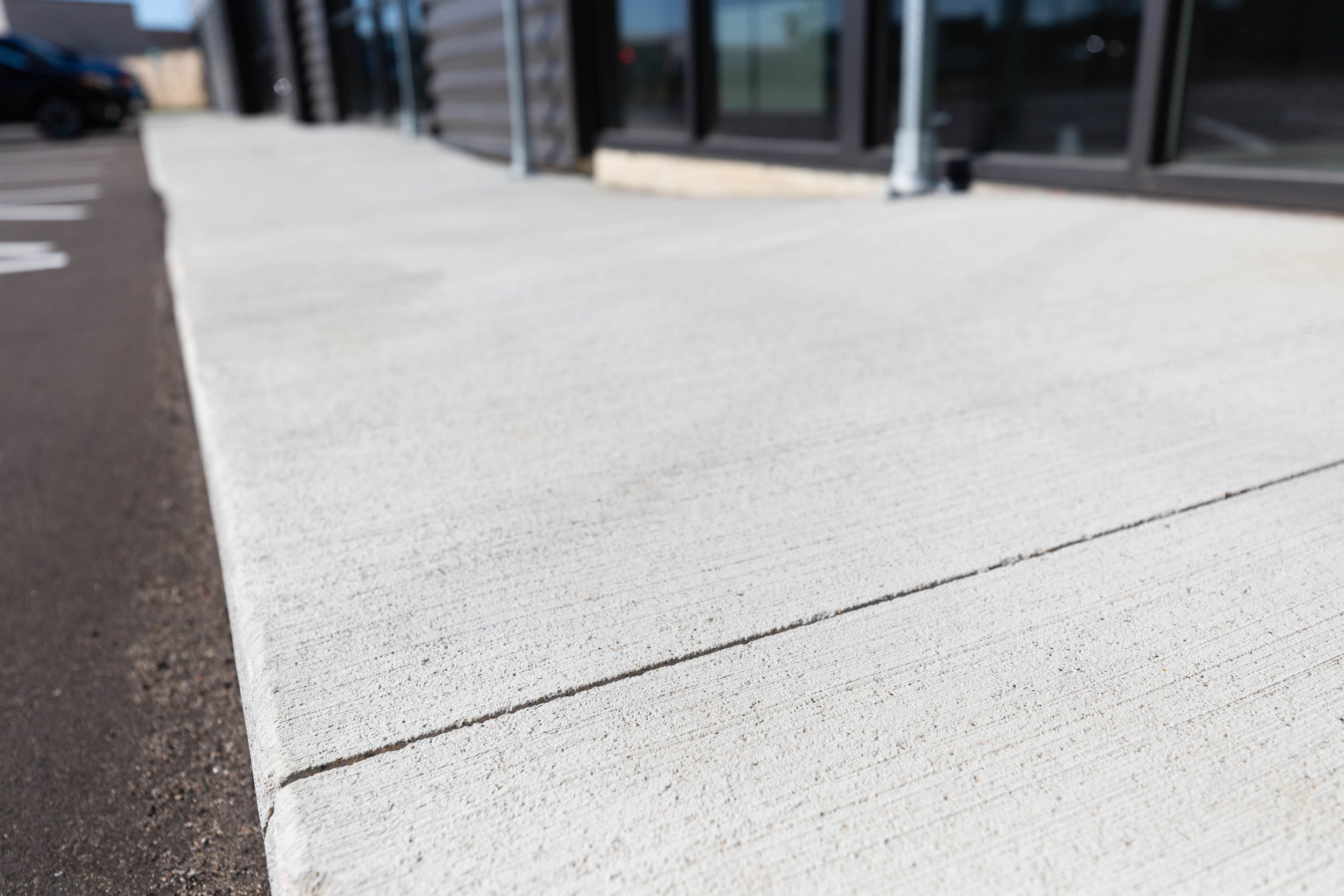
COncrete Types
Different Types
of Concrete +
Their Use Cases
In the construction world, concrete stands as the cornerstone of durability and versatility. This remarkable material has the ability to adapt to diverse architectural and engineering demands, creating a solid foundation for a wide range of structures. As we delve into the types of concrete and their specialized applications, it becomes evident that choosing the right concrete variety is a crucial aspect of any construction project.
-
Standard concrete, also known as normal concrete, forms the foundation of most construction endeavors. Comprising a blend of cement, aggregates, and water, it offers a balanced mix of strength and workability. This makes it the go-to choice for general applications such as foundations, walls, columns, and slabs. Its reliable performance and adaptability have made it an industry staple, serving as the starting point for many construction projects.
-
When a project demands high load-bearing capabilities, high-strength concrete steps onto the scene. Crafted by using a lower water-to-cement ratio and specialized aggregates, this concrete type boasts impressive compressive strength. It finds its home in high-rise buildings, bridges, and structures subjected to heavy loads. The ability to withstand immense pressures makes high-strength concrete a crucial component in ensuring the safety and longevity of critical infrastructure.
SElf-Consolidating Concrete
For intricate architectural designs, self-consolidating concrete (SCC) is the perfect option. Renowned for its exceptional flow and self-leveling properties, SCC effortlessly fills complex molds and congested reinforcement areas. This unique characteristic reduces the need for mechanical vibration during pouring, minimizing the risk of disturbing delicate architectural details. Its usage extends to projects where aesthetics and precision are paramount, such as ornamental facades and decorative elements.
Stamped concrete
Beauty meets functionality with stamped concrete, a versatile option for adding visual appeal to various surfaces. By imprinting patterns or textures onto freshly poured concrete, stamped concrete creates the illusion of materials like brick, stone, or wood. This decorative technique transforms patios, walkways, and driveways into artistic masterpieces. Stamped concrete not only replicates the appearance of high-end materials but also provides the durability and low maintenance associated with concrete.
Fiber-REinforced concrete
Enhancing the resilience of concrete, fiber-reinforced concrete (FRC) introduces fibers – typically steel, synthetic, or glass – into the mix. These fibers integrate seamlessly with the concrete matrix, fortifying it against cracking and improving its overall performance. FRC's unique properties make it ideal for demanding applications, including industrial floors, bridge decks, and precast elements. The added durability ensures that structures maintain their integrity even under different types of construction and weather-related challenges.
Lightweight concrete
Beauty meets functionality with stamped concrete, a versatile option for adding visual appeal to various surfaces. By imprinting patterns or textures onto freshly poured concrete, stamped concrete creates the illusion of materials like brick, stone, or wood. This decorative technique transforms patios, walkways, and driveways into artistic masterpieces. Stamped concrete not only replicates the appearance of high-end materials but also provides the durability and low maintenance associated with concrete.
Ready Mixed Concrete
The need for efficiency in construction projects has led to the prominence of ready-mix concrete. Prepared at a central batching plant and delivered to the construction site in transit mixers, this pre-mixed solution expedites the construction process. Ready-mix concrete works well for projects with tight timelines, such as large-scale commercial developments and infrastructure projects. Its consistent quality, convenience, and reduced on-site labor contribute to seamless project execution.
In construction, the diversity of concrete types mirrors the complexity of architectural and engineering challenges. Selecting the appropriate concrete variety based on project requirements is an art in itself, requiring a deep understanding of the material's properties and its interactions with various environments. Whether it's the strength demands of a high-rise building, the intricate aesthetics of stamped concrete, or the lightweight requirements of a rooftop deck, each concrete type serves a distinct purpose.
As architects, engineers, and contractors collaborate to transform visions into reality, the choice of concrete becomes a critical decision that shapes the outcome of a project. By recognizing the strengths and advantages of different concrete varieties, construction professionals pave the way for structures that not only stand the test of time but also exceed expectations in terms of functionality and aesthetics. In this intricate dance between science and art, the world of concrete continues to evolve, providing endless possibilities for innovation and excellence.

